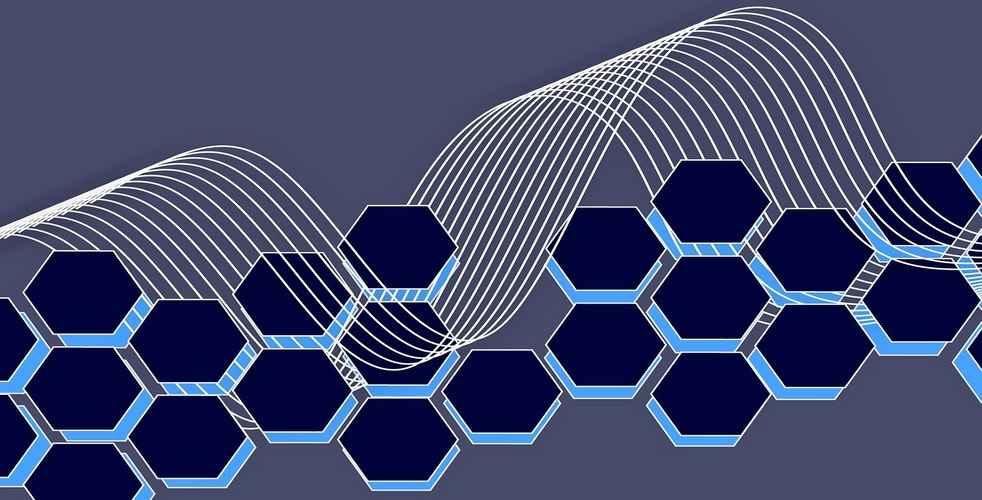
18
DecemberUnveiling the Magic of Patterns in Computational Thinking!
Patterns are the intricate threads that weave the tapestry of our existence. They are present in everything we do, from the most mundane tasks to the most complex computing algorithms. In our Computation Thinking Bridging Course 1 lesson on Pattern Recognition, we delve into the profound influence that patterns have on computational thinking, a fundamental skill in the modern world of programming and technology.
Recognizing and applying patterns in computing is an essential part of programming. This skill allows programmers to create efficient and effective software. During the lesson, we delve into the basics of what a pattern is—a series of actions, steps, numbers, or objects that are repeated. Our everyday life is riddled with patterns, from the grammar rules we learned in school to the mathematical formulas we apply in various scenarios. Understanding the role of these patterns in computational thinking is crucial, as it helps in problem-solving and simplifying complex tasks.
Take the simple act of drawing a square. It may seem trivial, but it's a brilliant example of pattern recognition in action. By identifying the repetitive steps involved in the process, one can drastically simplify the instructions needed for a computer program to execute this task. Instead of writing a long series of commands, recognizing the pattern allows a programmer to write a short loop, a fundamental concept in coding. This not only saves time but also makes the code more readable and easier to maintain.
Our lesson on Pattern Recognition also touches upon the natural human ability to recognize patterns and how we can harness this innate skill in the realm of technology. For instance, facial recognition technology relies heavily on identifying specific patterns within an image to detect a face. This is a complex task that involves distinguishing various shapes and features in the correct arrangement and sequence. By understanding and applying the principles of pattern recognition, we improve our ability to develop innovative solutions in software development.
As we move deeper into the lesson, we explore the diverse manifestations of patterns. From the even and odd sequences in numbers to the steps of a waltz, patterns dictate the rhythm and flow of activities. The discussion broadens our appreciation for the omnipresence of patterns and emphasizes their significance beyond just computational thinking. The exploration of patterns in dance, for instance, showcases how rhythm and sequence play a vital role in creating harmony and movement. Similarly, the patterns found in shapes and designs illustrate the importance of order and repetition in creating aesthetically pleasing visuals.
By the end of the lesson, learners are left with a newfound respect for the role of patterns in our lives and technology. We're encouraged to practice and improve our pattern recognition skills, not only to enhance our computational thinking but also to appreciate the beauty and structure that patterns bring to our world. The lesson is a testament to the extraordinary impact that patterns have on programming and our everyday lives.
In summary, our Computing Bridging Course 1 lesson on Pattern Recognition provides a comprehensive look at the intersection of patterns and computational thinking. We learn how patterns form the backbone of efficient programming and how recognizing them can lead to more effective problem-solving. As we uncover the secret language of patterns, we gain a deeper understanding of the power they hold in shaping our understanding of the world and the technology we create to navigate it.
Join us on this enlightening journey into the world of patterns, and discover how they can transform your approach to computational thinking and programming. Whether you are a seasoned coder or a curious learner, there is magic in patterns waiting to be discovered. Join the lesson and unlock the potential that lies within the structured beauty of patterns.


Reviews
Comments